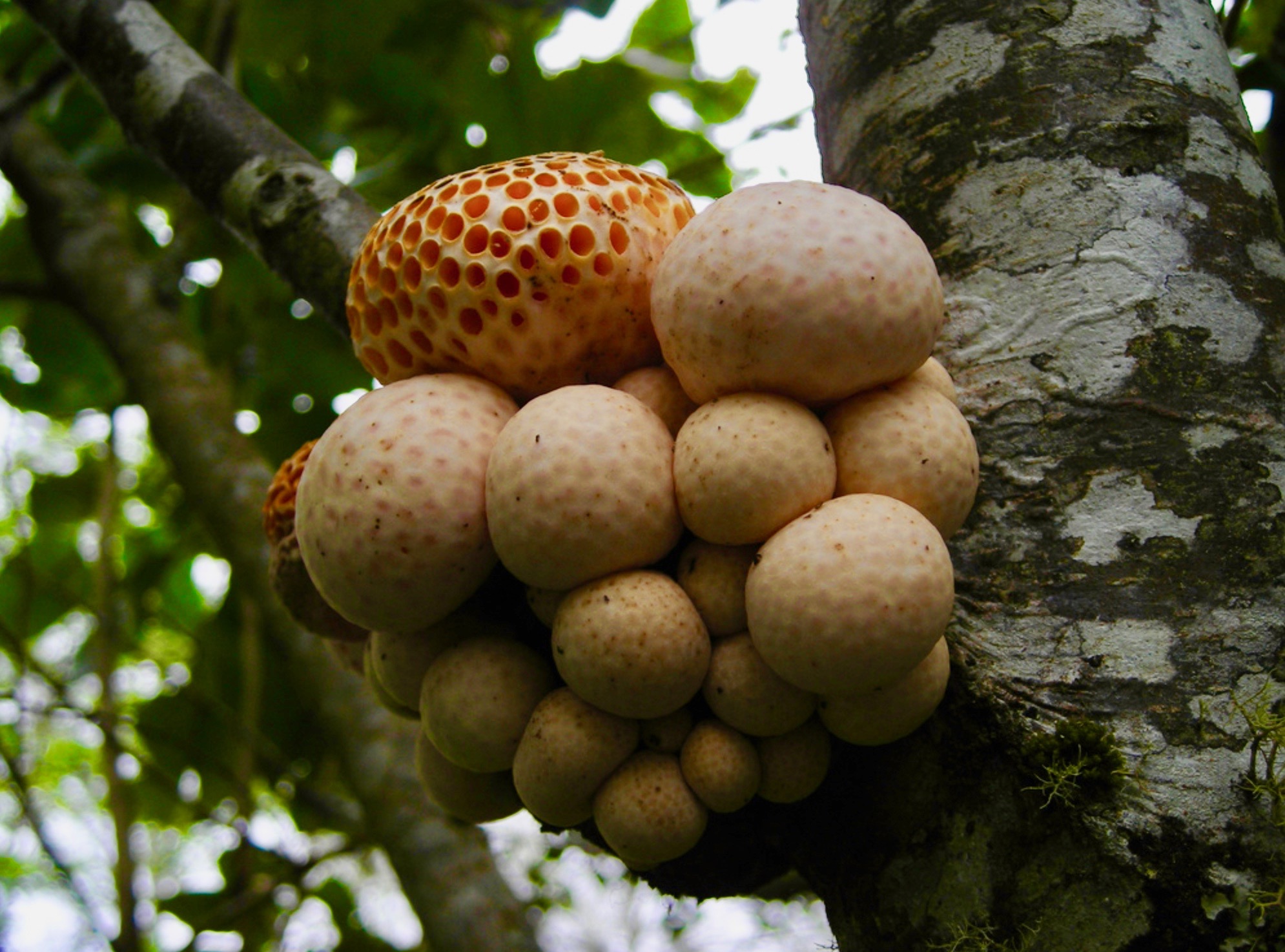The species featured here today reveals that complexity is not a measurement of success. Henningsomyces candidus has gone through a process called evolutionary reduction. It has simple morphology compared to its larger, more complex ancestors, yet it does great. Its fitness has not been reduced with the simplification of its body form. Find out how this species and other cyphelloid fungi break away from the normal evolutionary scheme here on Earth.
Read moreFungi Friday; evolutionary reduction in cyphelloid fungi
Close up of the cyphelloid fungus, Henningsomyces candidus. Photo by Bill Sheehan.






